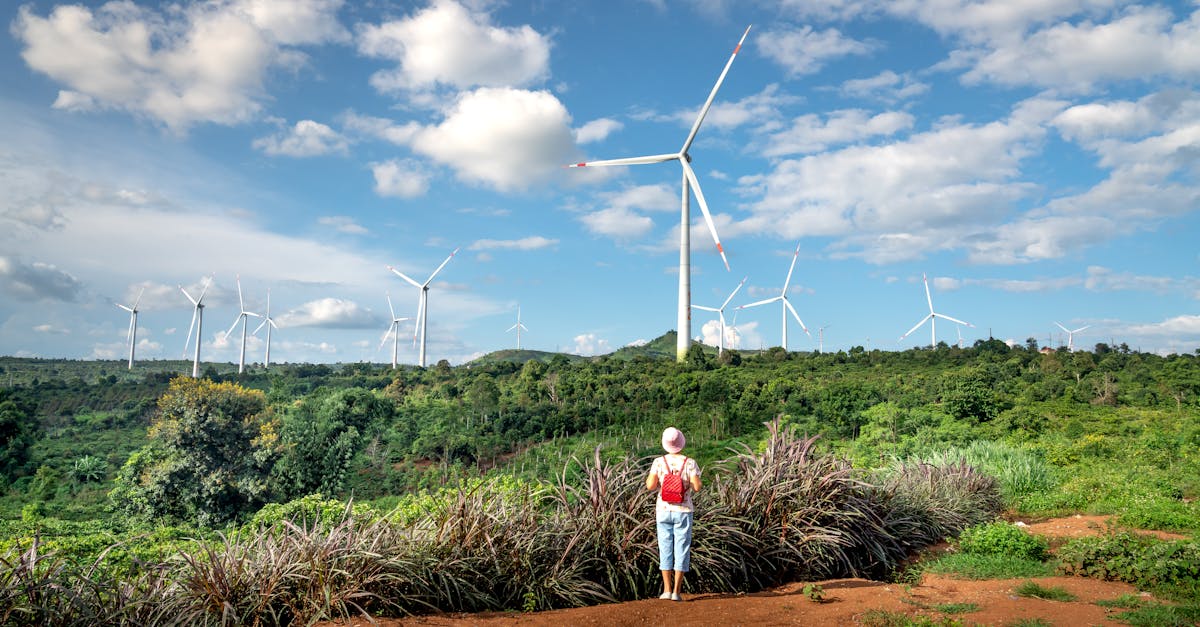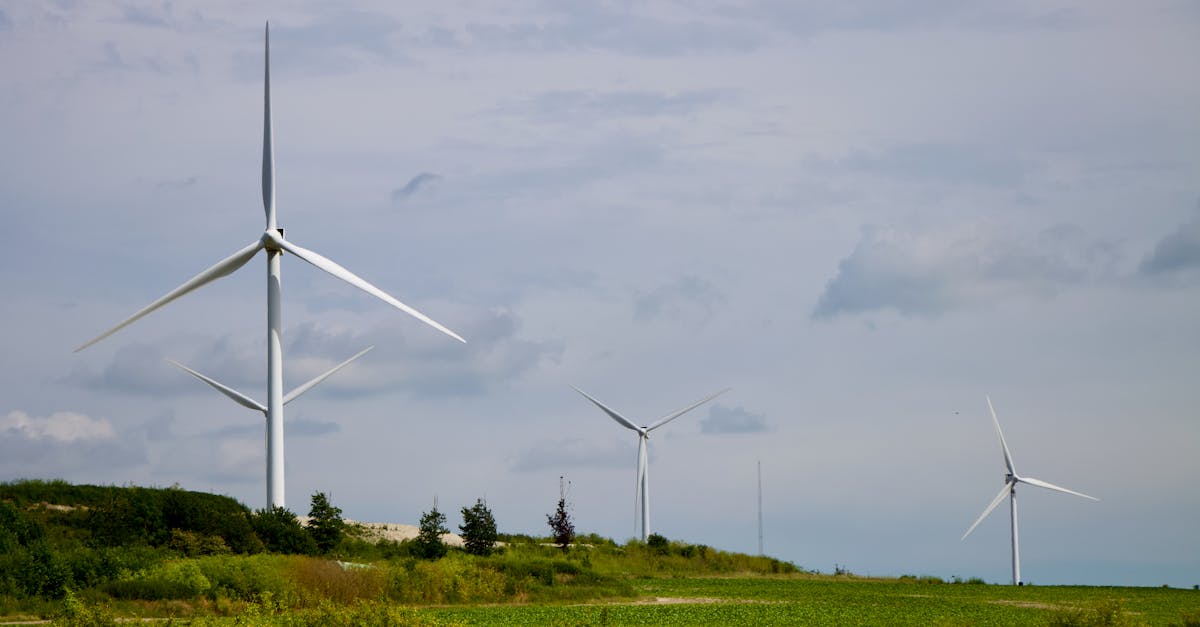Global Renewable Energy Surpasses Fossil Fuels
Introduction
In 2023, a landmark achievement in the global energy landscape was reached as renewable energy sources officially surpassed fossil fuels for the first time. This transition marks a significant milestone in the pursuit of sustainable energy and environmental stewardship. The shift illustrates our collective path towards greener and more sustainable alternatives. The world observes a pivotal moment as solar, wind, and hydroelectric power now shoulder the majority of global energy consumption. Preceded by years of advances in technology and reductions in costs, this development has captured the attention of policymakers, environmentalists, and industries worldwide. Let's delve into how this transition occurred and what it signifies.
Advertisement
The Growth of Renewables
The growth of renewable energy has been fueled by several key factors. Technological innovations in solar panels, wind turbines, and battery storage systems have made renewables more efficient and cost-effective. Government incentives and subsidies worldwide have also played a crucial role in promoting the adoption of clean energy solutions. Global cooperation on climate agreements, such as the Paris Accord, has spurred nations to commit to reducing their carbon footprints. Remarkably, between 2010 and 2023, the cost of renewable energy technologies dropped significantly, encouraging investments from both private and public sectors.

Quang Nguyen Vinh/Pexels
Advertisement
Advances in Solar Power
Solar power, one of the leading forces in the renewable energy sector, has experienced exponential growth. Advances in photovoltaic technology have increased efficiency rates and made solar energy more accessible to homeowners and businesses. Countries with abundant sunlight, such as India, China, and Australia, have led the charge in adopting solar energy solutions. By 2023, large-scale solar farms are providing power to millions, reducing reliance on polluting energy sources. As more rooftops across the world adopt solar panels, the decentralized energy generation model is becoming commonplace.
Advertisement
Wind Energy's Contribution
Wind energy has similarly contributed to the shift away from fossil fuels. Offshore wind farms along coastal regions have expanded, benefitting from more consistent wind patterns and less visual impact compared to onshore installations. Technological improvements have allowed turbines to capture wind energy at higher altitudes, further enhancing efficiency. The United States, Denmark, and the United Kingdom are among the leading nations in wind energy production, consistently increasing their capacity to supply power to the grid and reduce greenhouse gas emissions.
Advertisement
Hydroelectric Power's Role
Hydroelectric power remains a cornerstone of renewable energy production. Utilizing the force of flowing or falling water to generate electricity, hydropower stands as a reliable and long-standing renewable resource. Countries such as Canada, Brazil, and China have invested heavily in hydroelectric infrastructure, harnessing the power of vast river systems. While new projects focus on minimizing environmental impacts, existing dams continue to provide significant contributions to global renewable energy outlays. The balance between expansion and ecological preservation remains a crucial consideration.
Advertisement
Emergence of Battery Technology
An essential component in the rise of renewables has been the development of advanced energy storage solutions. Batteries capable of storing excess energy ensure a continuous power supply during periods of low production. Lithium-ion batteries, in particular, have emerged as the front-runner due to their efficiency and declining cost. They facilitate renewable energy integration by smoothing out supply fluctuations, making it a dependable energy source. Grid-scale battery storage installations worldwide have enabled nations to meet demand while maintaining grid stability.
Advertisement
Fossil Fuels on the Decline
Contrastingly, the reliance on fossil fuels is seeing a notable decrease. Countries around the globe are retiring outdated coal plants and shifting focus towards cleaner-burning natural gas during the transition phase. Air pollution, health concerns, and shrinking reserves make fossil fuels less attractive to nations striving to meet emissions targets. Recent advancements in energy production and storage have made renewables a viable alternative, accelerating this transition. Despite political and economic challenges, the long-term benefits of shifting to renewables are undeniable for sustainable development.
Advertisement
Economic and Job Implications
The transition to renewable energy sources has had profound economic implications, both positive and challenging. Job markets have seen shifts as industries adapt to new technologies. New employment opportunities have arisen, particularly in solar and wind sectors, offering roles in manufacturing, installation, maintenance, and grid management. Traditional fossil fuel-dependent economies are grappling with workforce retraining and managing social impacts. Nevertheless, the global push towards renewables indicates robust market growth and potential for future innovations in a clean-energy economy.
Advertisement
Future Prospects and Challenges
Looking ahead, the continued dominance of renewables depends on overcoming several challenges. Infrastructure development, energy storage, and integrating technologies into existing grids require ongoing investment. Policymakers and stakeholders must navigate these complexities while ensuring equitable access to resources. Innovations in energy efficiency and smart grid technologies have the potential to transform the way energy is consumed and optimized. The world now stands at the dawn of an era where cleaner energy can drive sustainable development across industries and geographies.
Advertisement
Conclusion and Implications
The surpassing of fossil fuels by renewable energy marks a transformative era in the global energy sector. This milestone serves as a testament to the dedication and innovation invested in sustainable solutions over the past decades. The path forward involves continuing to harness the growth of renewables, supported by technological advancements and proactive policies. By championing cleaner, greener energy sources, nations can tackle pressing environmental challenges, reduce emissions, and pave the way for a sustainable future. As we move forward, the landscape of global energy continues to evolve, steering us towards a brighter and more sustainable world.
Advertisement



